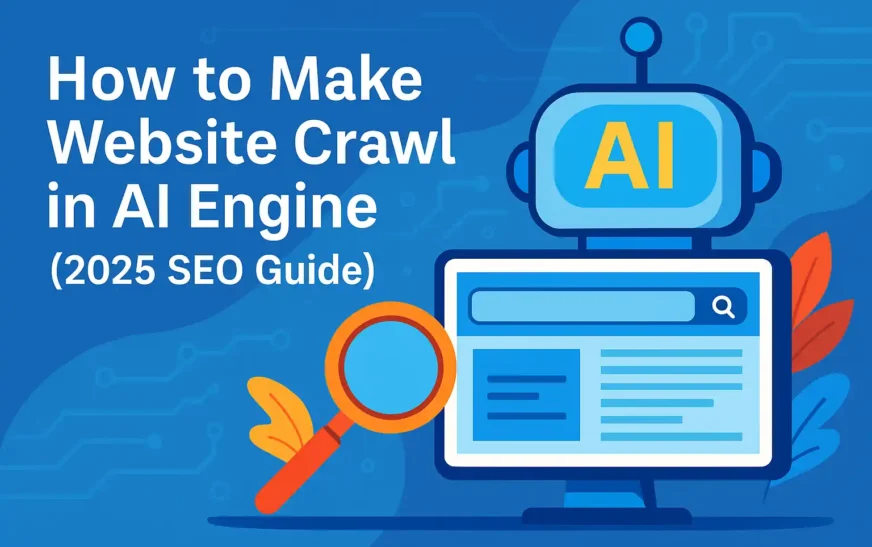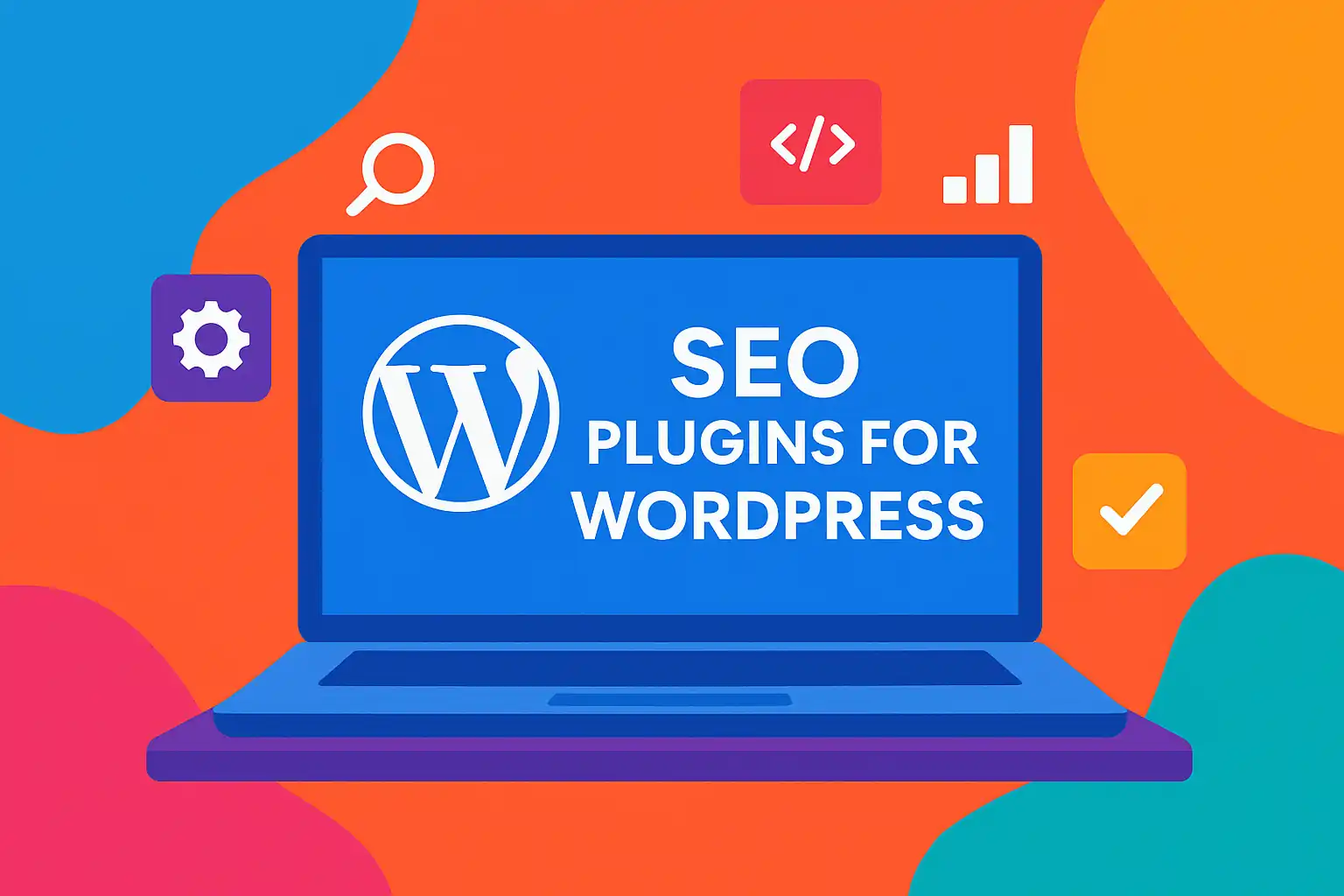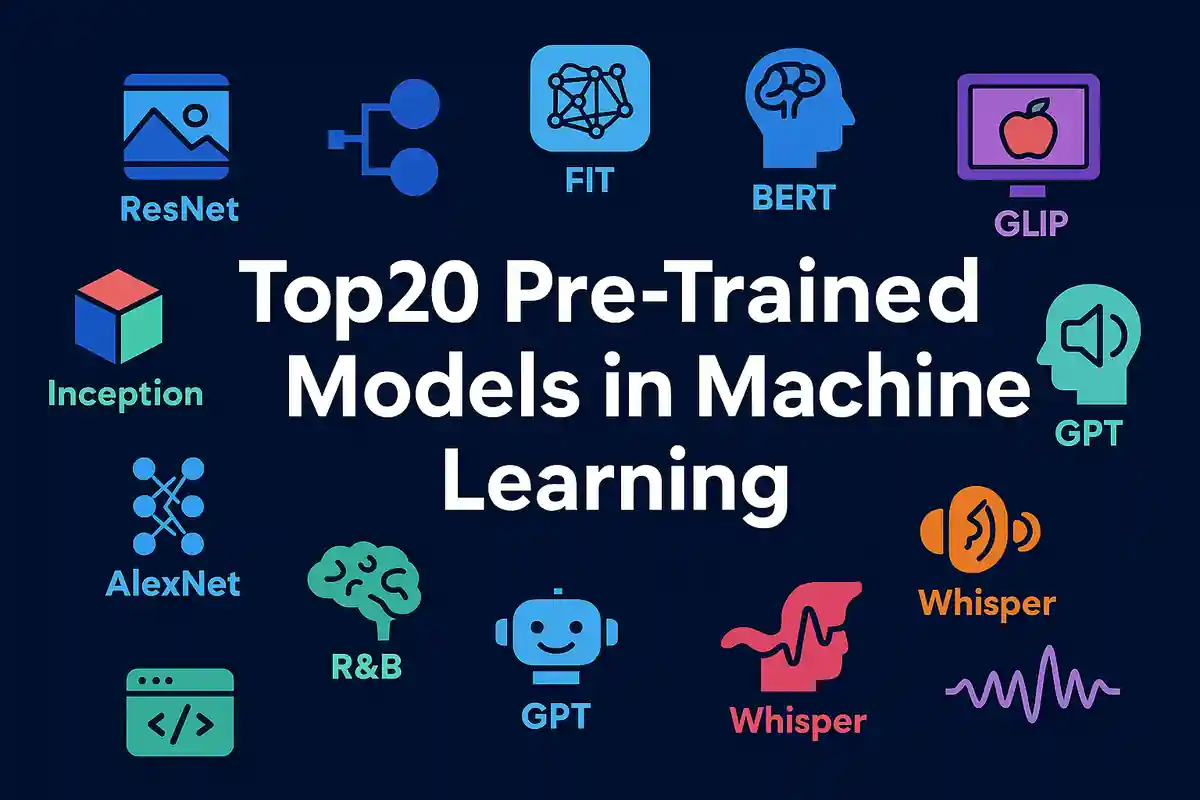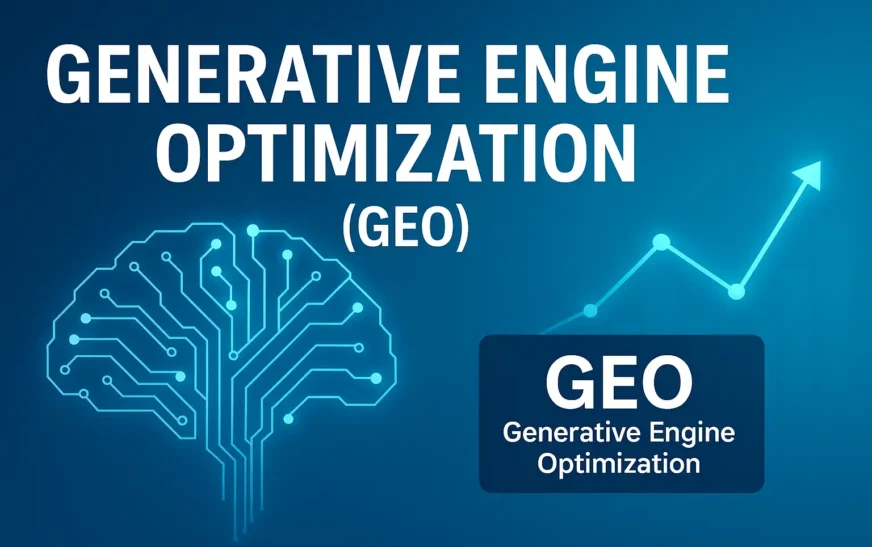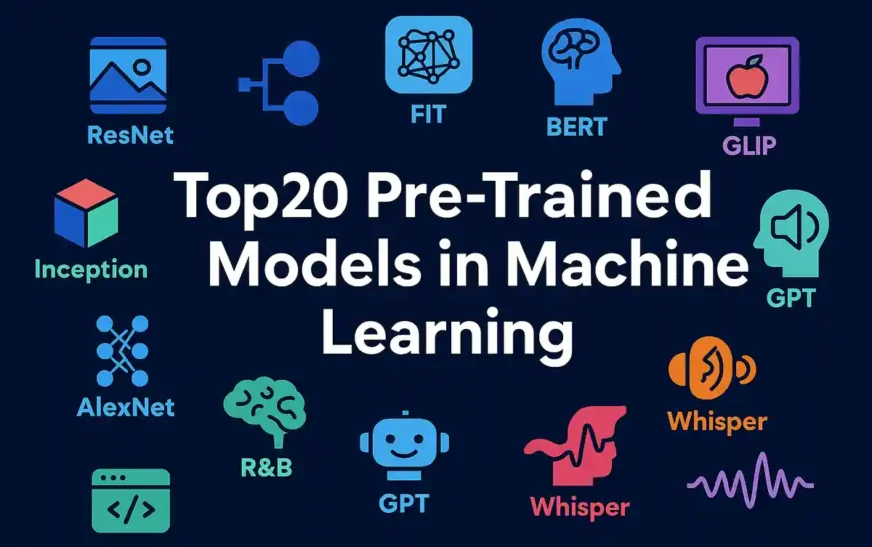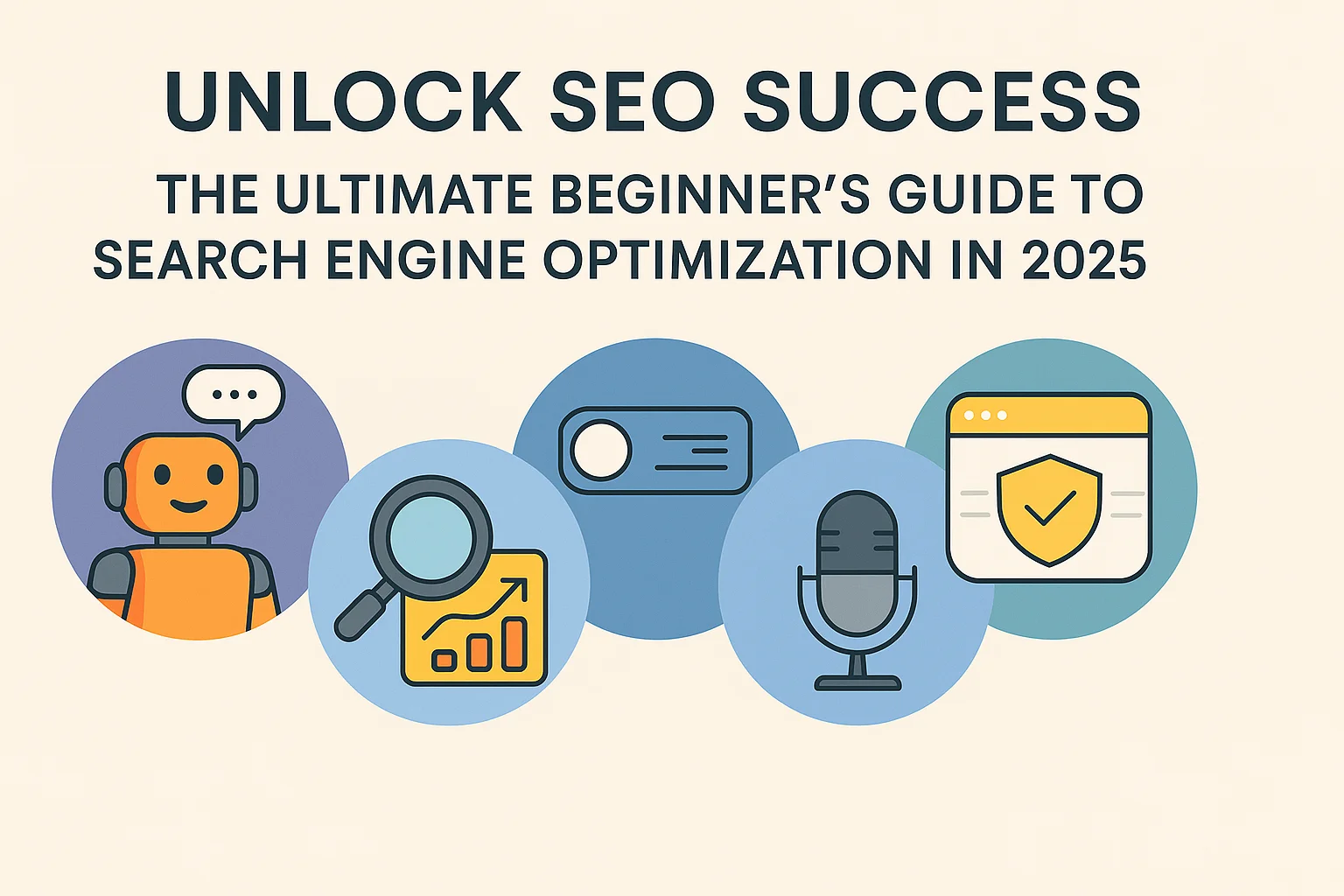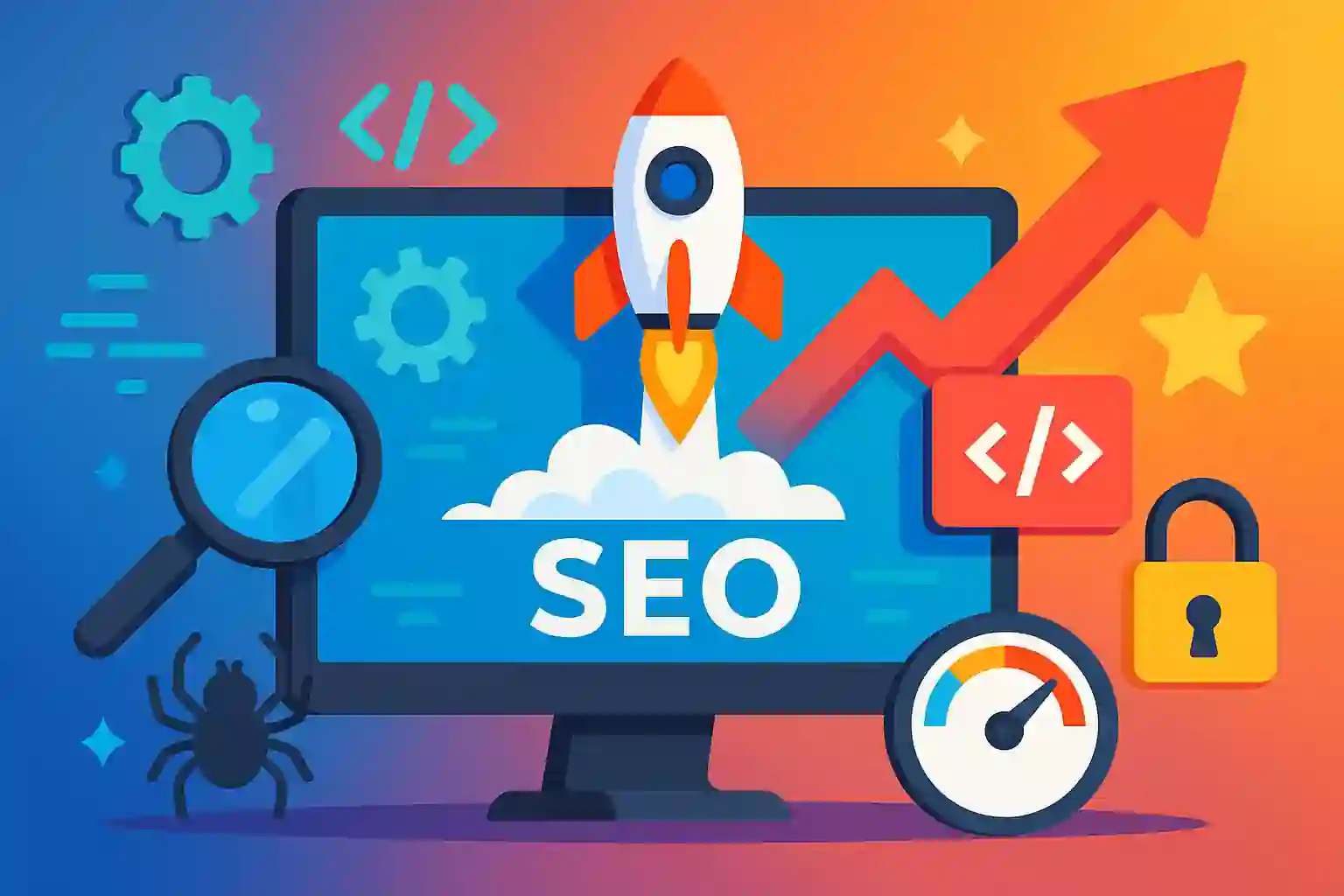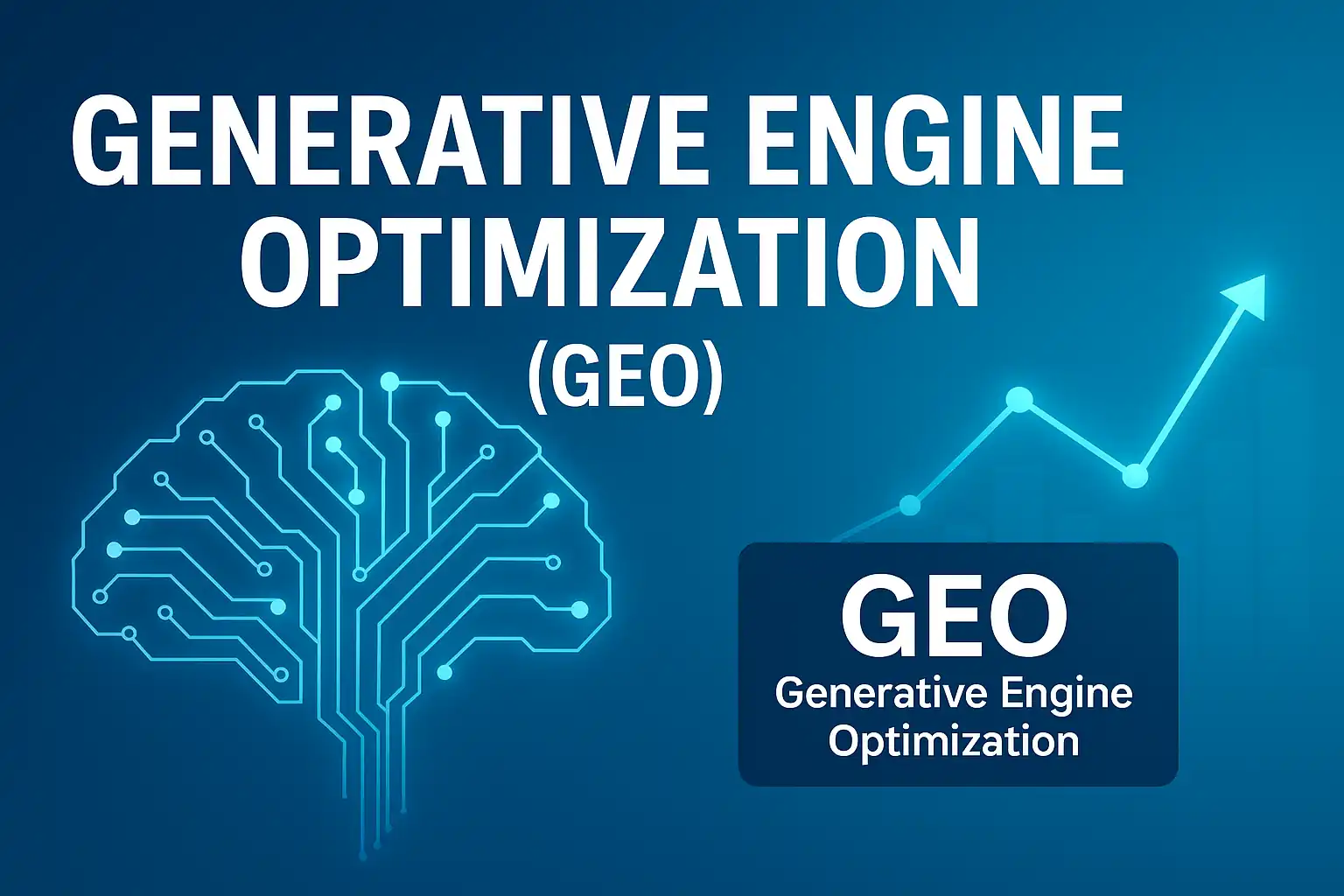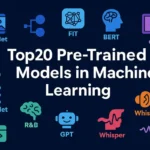How to Make Website Crawl in AI Engine
Search is changing forever. In 2025, the way people find answers online is no longer limited to typing queries into Google or Bing. Instead, AI-powered assistants such as Perplexity, ChatGPT, Claude, Google Gemini, and Microsoft Copilot have become new gateways to knowledge. These AI engines don’t just list links — they summarize, cite, and recommend content directly.
But here’s the catch: if your website is not crawlable by these AI engines, you’re invisible in this new search era.
This guide will show you how to make website crawl in AI engine effectively. We’ll explain what crawlability means in the AI context, why it matters for international SEO, and give you a step-by-step roadmap for preparing your site. By the end, you’ll have a clear blueprint to ensure your content is ready for the future of search.
What Does It Mean to Make a Website Crawlable in AI Engines?
In traditional SEO, crawlability means ensuring that search engines like Googlebot and Bingbot can access, parse, and index your site’s content.
With AI engines, the definition goes further:
AI Crawlers such as GPTBot, PerplexityBot, ClaudeBot, and BingPreview must be allowed to access your content.
Your site’s data should be structured and machine-readable (via schema markup, clean HTML, summaries).
Content should be formatted in a way that makes it answer-friendly for AI summaries.
In short, being crawlable for AI engines means making your site visible, accessible, and usable for the next generation of AI-driven discovery platforms.
Why Crawlability Matters for International SEO
The AI search era is global by design. Unlike country-specific search engines, AI assistants deliver answers to users worldwide.
Here’s why crawlability is now a top international SEO priority:
Worldwide visibility → AI engines serve a global audience. If you’re crawlable, your content can reach beyond local search markets.
Cited as a source → AI assistants highlight sources. If your website is well-structured, it could be quoted, boosting trust and authority.
Diversified traffic → Relying only on Google is risky. AI engines are becoming alternative traffic pipelines.
Competitive advantage → Many sites still block AI bots. Early adopters who open responsibly will dominate visibility.
💡 Think of it this way: in the old era, SEO was about ranking #1 on Google. In the new era, GEO (Generative Engine Optimization) is about being cited by AI engines.
Key AI Crawlers You Must Know in 2025
Different AI engines use different crawlers. To make your website crawlable, you need to recognize and allow the right ones.
PerplexityBot → Powers Perplexity AI search engine.
GPTBot → OpenAI’s crawler for ChatGPT and integrated apps.
ClaudeBot / Claude-Web → Anthropic’s crawlers for Claude AI.
CCBot (Common Crawl) → Feeds large-scale datasets used by many AI models.
Googlebot & Google-Extended → Used for Google Search + Gemini AI indexing.
Bingbot & BingPreview → Core to Bing Search and Microsoft Copilot answers.
Quick Reference Table
| Crawler | Used By | Primary Purpose | Where It Shows Up | Why It Matters for SEO & AI |
|---|---|---|---|---|
| PerplexityBot | Perplexity AI | Fetches and indexes live web content for Perplexity’s AI answers | Perplexity AI search engine, Perplexity mobile apps, integrations in browsers | Getting indexed ensures your site can be cited as a source in one of the fastest-growing AI-native search engines, driving direct referral traffic. |
| GPTBot | OpenAI (ChatGPT, ChatGPT Enterprise, Copilot integrations) | Collects web content to improve ChatGPT responses and enrich AI answers | ChatGPT web/app, Copilot in Microsoft Office, 3rd-party ChatGPT plugins | Being crawlable means your content can appear in ChatGPT’s contextual answers — a global distribution channel used by millions of users daily. |
| ClaudeBot / Claude-Web | Anthropic Claude | Gathers website text for Claude’s retrieval system and live browsing tool | Claude Pro subscriptions, Claude API, enterprise integrations | Ensures Claude can summarize or cite your site when users query for related info — visibility in a trusted enterprise-grade AI assistant. |
| CCBot (Common Crawl) | Common Crawl Foundation | Large-scale open dataset crawl, later used to train multiple AI models (including academic and commercial) | Common Crawl datasets, indirectly powering LLM training across companies | Critical for long-term AI model inclusion — even if it doesn’t directly send traffic, being included ensures your site’s knowledge can appear in future AI systems. |
| Googlebot + Google-Extended | Google Search, Gemini AI | Googlebot: classic crawling for indexing search results. Google-Extended: allows/disallows AI training use | Google Search results, Gemini AI (Search Generative Experience), Bard legacy | Visibility here = dual benefits: (1) SEO rankings on Google Search and (2) exposure in Gemini AI answers — the biggest global search player. |
| Bingbot + BingPreview | Microsoft Bing, Microsoft Copilot | Bingbot indexes sites for Bing Search; BingPreview fetches snapshots for previews and Copilot | Bing Search, Microsoft Edge sidebar, Windows Copilot, Office Copilot | Indexing ensures your site shows up in Bing search AND Microsoft Copilot answers — critical for B2B, enterprise, and global markets. |
Step-by-Step guide: How to Make Website Crawl in AI Engine (Deep, Practical Guide)
Goal: Make your site visible, parsable, and trustworthy to AI engines (Perplexity, ChatGPT/GPT, Claude, Copilot/Bing, Gemini/Google).
What you’ll do: Open the right bots, make HTML easy to parse, ship perfect sitemaps, structure data with schema, build trust signals, and monitor real AI crawlers—while protecting what you don’t want trained.
Step 1: Lock the Focus Keyword & On-Page Foundations
Objective
Create a content base that AI engines can understand at a glance and that passes your SEO checks.
Why it matters for AI engines
AI systems pick answers from clearly stated topics with unambiguous relevance signals (title, intro, headings, alt text). If the page declares its main topic consistently, it’s easier to extract, cite, and trust.
Exactly what to do
Set the focus keyword: How to make website crawl in AI engine.
Place it:
Near the start of the SEO title.
In the meta description (concise, 150–160 chars).
In the URL slug (short, hyphenated).
In the first 100 words of the article.
Naturally throughout the content (~1% density).
In subheadings (H2/H3, occasional H4).
In at least one image alt attribute.
Add power words and a year to the title (keeps it compelling and current).
Keep paragraphs short (2–4 lines) and add many bullet lists (not only two).
Verify
Title width ≈ 50–60 characters.
Meta description 150–160 chars and readable.
First paragraph includes the exact focus keyword.
Common mistakes & fixes
Mistake: Keyword appears only once.
Fix: Add it to an H2/H3 and an image alt.Mistake: Over-stuffing.
Fix: Target ~1% density and use natural phrasing.
Step 2: Allow the Right AI Crawlers in robots.txt
Objective
Explicitly permit reputable AI and search crawlers so your pages can be discovered and cited.
Why it matters for AI engines
Blocked bots can’t fetch or cite your content. Clear allow rules reduce ambiguity and speed up discovery.
Exactly what to do
Make
https://yourdomain.com/robots.txtaccessible.Start with a positive allow list (example):
User-agent: GPTBot
Disallow: /
User-agent: CCBot
Disallow: /
User-agent: PerplexityBot
Allow: /
User-agent: Googlebot
Allow: /
User-agent: Bingbot
Allow: /
VerifyOpen
robots.txtin a browser; confirm no syntax errors.Test sample URLs with each bot’s user-agent (curl examples below).
Common mistakes & fixes
Mistake: Blocking by default, then forgetting to re-allow AI bots.
Fix: Keep an explicit allow list for known AI/search crawlers.Mistake: Wildcard disallows that accidentally block assets.
Fix: Test critical assets (CSS/JS) remain allowed if needed for rendering.
Pro tip
Leave comments in robots.txt documenting why certain agents are allowed/blocked. That helps future edits stay consistent.
Step 3: Serve Crawlable HTML (Not Just JavaScript)
Objective
Ensure your primary content is available in the initial HTML (server-rendered or prerendered).
Why it matters for AI engines
Bots may not fully execute late JavaScript; if your text isn’t in the HTML source, it may be missed.
Exactly what to do
Confirm that critical text (headings, summaries, FAQs) is visible in the HTML source.
If using heavy JS, add SSR/prerender for primary routes.
Provide a short
<noscript>summary for essential pages.Ensure canonical URLs return HTTP 200 (no soft-404s; no 302 loops).
Verify
View page source; confirm that text exists without waiting for JS.
Use
curl -I https://yourdomain.com/page/to confirm 200 status.
Common mistakes & fixes
Mistake: Everything loads after JS hydration.
Fix: SSR/prerender the main content block or embed HTML summaries.
Step 4: Optimize Core Web Vitals & Speed
Objective
Improve load speed and stability so bots crawl more efficiently and readers get better UX.
Why it matters for AI engines
Fast, stable pages are easier to crawl and more likely to be surfaced in answer panels and citations.
Exactly what to do
Compress & lazy-load images (WebP/AVIF).
Minify HTML/CSS/JS; defer non-critical scripts.
Prioritize critical CSS above the fold.
Reduce layout shifts (CLS) by reserving image/video space.
Cache aggressively; use a CDN where possible.
Targets
LCP < 2.5s, CLS < 0.1, INP < 200ms.
Verify
Test multiple regions and devices; check consistency.
Common mistakes & fixes
Mistake: Heavy fonts and third-party widgets in the hero area.
Fix: Preload needed fonts; delay non-critical widgets.
Step 5: Publish Pristine XML Sitemaps
Objective
Provide a clean, up-to-date index of URLs you want crawled and indexed.
Why it matters for AI engines
Sitemaps accelerate discovery and confirm canonical, indexable URLs.
Exactly what to do
Generate
sitemap.xml(and a sitemap index if needed).Include only 200-OK, indexable, canonical URLs.
Update
<lastmod>when content changes.Submit the sitemap URL in Google and Bing webmaster dashboards.
Verify
Open your sitemap; click a few URLs to confirm 200 and correct canonical.
Ensure pagination, tag archives, and tracking-parameter URLs aren’t included (unless intentionally valuable).
Common mistakes & fixes
Mistake: Orphaned or 404 URLs in the sitemap.
Fix: Rebuild sitemaps whenever URL structure changes.
Step 6: Add Structured Data (JSON-LD) for Answers
Objective
Help AI engines extract questions, steps, authorship, and topical context.
Why it matters for AI engines
Well-structured content (FAQ/HowTo/Article) is easier to summarize and cite verbatim.
Exactly what to do
Use Article schema on editorial pages (with
author,datePublished,dateModified,publisherlogo).Add FAQPage where you answer specific questions.
Use HowTo for tutorial sections with ordered steps.
Keep JSON-LD valid and consistent with visible content.
Ready-to-use JSON-LD
Article
<script type="application/ld+json">
{
"@context":"https://schema.org",
"@type":"Article",
"headline":"How to Make Website Crawl in AI Engine (2025 SEO Guide)",
"author":{"@type":"Person","name":"Author Name"},
"datePublished":"2025-08-31",
"dateModified":"2025-08-31",
"publisher":{"@type":"Organization","name":"The Tech Thinker",
"logo":{"@type":"ImageObject","url":"https://yourdomain.com/logo.png"}},
"mainEntityOfPage":{"@type":"WebPage","@id":"https://yourdomain.com/how-to-make-website-crawl-in-ai-engine/"},
"description":"Learn how to make website crawl in AI engine with this international, step-by-step guide."
}
</script>
FAQPage
<script type="application/ld+json">
{
"@context":"https://schema.org",
"@type":"FAQPage",
"mainEntity":[
{"@type":"Question","name":"How to make website crawl in AI engine?",
"acceptedAnswer":{"@type":"Answer","text":"Allow reputable AI crawlers in robots.txt, serve crawlable HTML, publish XML sitemaps, add FAQ/HowTo schema, and build E-E-A-T trust signals."}},
{"@type":"Question","name":"Which AI crawlers should I allow?",
"acceptedAnswer":{"@type":"Answer","text":"PerplexityBot, GPTBot, ClaudeBot/Claude-Web, CCBot, Googlebot/Google-Extended, Bingbot/BingPreview."}}
]
}
</script>
HowTo
<script type="application/ld+json">
{
"@context":"https://schema.org",
"@type":"HowTo",
"name":"Make a website crawlable in AI engines",
"step":[
{"@type":"HowToStep","name":"Configure robots.txt","text":"Allow reputable AI crawlers and selectively disallow training bots if desired."},
{"@type":"HowToStep","name":"Serve crawlable HTML","text":"Ensure primary text appears in the initial HTML without requiring heavy JavaScript."},
{"@type":"HowToStep","name":"Publish sitemaps","text":"Include only 200 OK canonical URLs and submit to Google and Bing."},
{"@type":"HowToStep","name":"Add schema","text":"Add Article, FAQPage, and HowTo JSON-LD that matches visible content."}
]
}
</script>
Common mistakes & fixes
Mistake: JSON-LD contradicts visible content.
Fix: Keep everything synchronized; no hidden answers.
Step 7: Establish E-E-A-T Trust Signals
Objective
Show real authorship, editorial standards, and transparency.
Why it matters for AI engines
Trustworthy, maintained sites are preferred for citations and summaries.
Exactly what to do
Add a clear author bio with credentials and real-world identity.
Display datePublished and dateModified near the title.
Keep About, Contact, and Editorial Policy pages visible.
When stating facts, provide transparent citations (plain links footnoted in your article—no need to clutter the flow).
Verify
Author info visible on every article.
Dates match JSON-LD.
Common mistakes & fixes
Mistake: “Admin” as author.
Fix: Use a real person with expertise.
Step 8: Canonicals, Duplicates, and Clean URLs
Objective
Give crawlers one authoritative version of each page.
Why it matters for AI engines
Duplicates dilute signals and waste crawl budget; AI systems want a single canonical source to cite.
Exactly what to do
Add self-referential canonical on each indexable page.
Redirect (
301) non-preferred host variants (http→https, www vs non-www).Standardize trailing slashes site-wide.
Avoid indexing tracking parameters or print pages.
Verify
Use
curl -Ito check final redirected URL is your canonical.Search your site with
site:yourdomain.comto find duplicates.
Step 9: Internationalization (if applicable)
Objective
Map languages/regions correctly so global users see the right page.
Why it matters for AI engines
Proper hreflang helps engines align language intent and avoids cross-locale duplication.
Exactly what to do
Add
hreflangfor each language/region pair.Each alt-lang URL must reciprocate its partners.
Keep metadata (title/description) localized; avoid mixed languages on one URL.
Example
<link rel="alternate" href="https://example.com/en/" hreflang="en" />
<link rel="alternate" href="https://example.com/en-gb/" hreflang="en-GB" />
<link rel="alternate" href="https://example.com/fr/" hreflang="fr" />
<link rel="alternate" href="https://example.com/" hreflang="x-default" />
Step 10: Structure Content for Answer Extraction
Objective
Present content in formats that AI engines can lift directly into answers.
Why it matters for AI engines
Clear structure increases the chance your wording appears verbatim in summaries.
Exactly what to do
Start each page with a 2–4 bullet executive summary.
Use question-style H2/H3 (“What is…”, “How to…”, “Why…”, “When…”).
Provide numbered steps for procedures.
Include comparison tables (crawler, purpose, access).
End with Key Takeaways bullets.
Verify
Skim your own page: can you extract a full answer in 10–20 seconds?
Step 11: Images, Media, and Alt Text
Objective
Reinforce topic relevance and give AI extra context.
Why it matters for AI engines
Proper alt text and captions help machines understand diagrams and examples.
Exactly what to do
Include at least 3 images per long article:
robots.txt example screenshot
diagram of AI crawlers and data flow
snippet of JSON-LD
Alt text: include the focus keyword in one or two images naturally.
Provide transcripts for key videos; keep them indexable.
Verify
Images load fast (WebP/AVIF), captions are helpful, alts are descriptive.
Step 12: Internal Linking & Topic Clusters
Objective
Signal topical authority by connecting pillar and supporting content.
Why it matters for AI engines
AI models infer topic breadth from semantic linking; clusters help engines map your expertise.
Exactly what to do
Link this cornerstone to your related posts (e.g., agentic AI workflows/GEO checklist).
Use descriptive anchor text (avoid “click here”).
Backlink from older posts to this pillar to concentrate authority.
Verify
Each important section links out and receives links in.
Step 13: Submit & Monitor in Search Dashboards
Objective
Confirm discovery, indexing, enhancements, and performance.
Why it matters for AI engines
These dashboards reflect how your content feeds into larger ecosystems (e.g., Gemini/Copilot).
Exactly what to do
Verify your site in Google and Bing dashboards.
Submit your sitemap.
Inspect key URLs; fix coverage/enhancement issues.
Track Core Web Vitals reports.
Verify
Key pages show “Indexed.”
Enhancements (FAQ/HowTo) appear valid.
Step 14: Bot Monitoring (Verify Real AI Crawlers)
Objective
Confirm real crawlers visit your site; detect spoofers and abuse.
Why it matters for AI engines
You want reputable bots crawling; you don’t want impostors wasting bandwidth.
Exactly what to do
Enable access logs on your server/CDN.
Filter requests by known user-agents:
PerplexityBot,GPTBot,Claude,CCBot,Googlebot,Bingbot,BingPreview.
Spot-check reverse DNS for suspicious spikes.
Rate-limit or block abusive IPs.
Command snippets (examples)
# find AI crawlers in access logs (case-insensitive)
grep -Ei "PerplexityBot|GPTBot|Claude|CCBot|Googlebot|Bingbot|BingPreview" access.log
# test a URL as a specific bot
curl -A "PerplexityBot" -I https://yourdomain.com/
curl -A "GPTBot" -I https://yourdomain.com/
Verify
You see periodic, sane crawl activity from legit agents.
Sudden surges investigated and mitigated.
Step 15: Speed Up Discovery with IndexNow (Optional but Useful)
Objective
Notify participating engines of new/updated URLs instantly.
Why it matters for AI engines
Faster URL discovery means fresher content available to AI experiences.
Exactly what to do
Generate your IndexNow key.
Automate pings on publish/update (server or site automation).
Keep payloads accurate (URL + lastmod).
Verify
Successful pings logged.
New pages discovered quickly in dashboards.
Step 16: Editorial Freshness Cadence
Objective
Show that your content is maintained, not abandoned.
Why it matters for AI engines
Recently updated and consistently maintained content is more reliable and favored.
Exactly what to do
Quarterly:
Re-test performance (CWV).
Refresh screenshots, dates, and steps.
Expand FAQs from user comments and search queries.
Add a small changelog (“Updated on … to include …”).
Verify
Visible
dateModifiednear title matches JSON-LD.
Step 17: Protection Strategy (Search Yes, Training No)
Objective
Stay visible in AI search answers while limiting model training use.
Why it matters for AI engines
Some brands want AI visibility without donating all text to training sets.
Exactly what to do
Allow search-oriented crawlers (PerplexityBot, Googlebot, Bingbot).
Disallow training-oriented crawlers if desired (e.g., CCBot, GPTBot).
Include a short policy page summarizing your stance for transparency.
Example robots.txt

